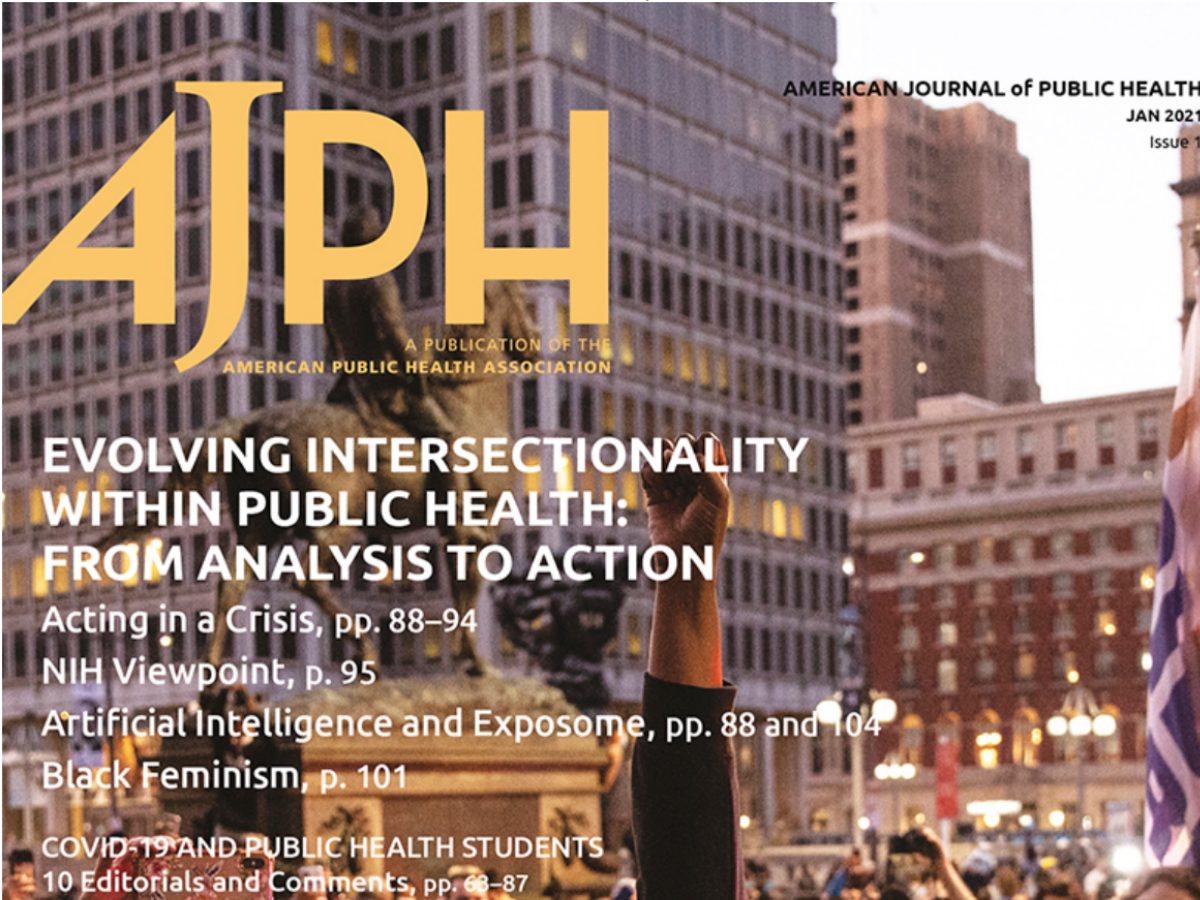A Safety Net Unraveling: Feeding Young Children During COVID-19
January 15, 2021

Summary:
A study from the American Public Health Association titled “A Safety Net Unraveling: Feeding Young Children During COVID-19” discusses the unraveling of the nation’s early child-care education (ECE) programs and access to CACFP-funded food, both of which are critical to young children’s nutrition and families’ economic stability. The effects of this unraveling will continue, as COVID-19 rates fluctuate, and states and communities navigate reopening. There remains a disproportionate impact among our nation’s most vulnerable families who do not have the resources to compensate for their losses. There is an urgent need to repair the safety nets for ECE programs and address food insecurity in the U.S.
Why it matters:
The study proposes critical steps to repair our nation’s fragile ECE system, including greater investment in the CACFP, to ensure the nutrition development of young children during the COVID-19 pandemic and beyond. Taking steps to fix our previous underinvestment in these areas is essential for the nation’s future and recovery from the pandemic.
Background:
The COVID-19 pandemic led most states to close or limit capacity of their early child-care and education (ECE) programs. The closures and limitations of ECE affected millions of young children, including 4.6 million low-income children who are provided food through CACFP. The Families First Coronavirus Response Act enacted waivers to allow CACFP participating programs to distribute meals through grab and go programs to families and provide flexibilities in monitoring, compliance and claims for school year 2020-2021.
However, many ECE programs were already closed or had limited operational capacity by the time the waivers were provided. Nationwide, there was a significant drop in meals served once shelter-in-place orders spread across the country. In fact, there were 35% fewer CACFP-reimbursed meals served in child-care centers and family child-care homes in April 2020 than in April 2019.
ECE programs’ limited ability to feed young children during COVID-19 is a result of a cascade of vulnerabilities in our nation’s ECE system. These vulnerabilities can be summarized into three main reasons:
1) COVID-19 led to not only ECE closures or dramatically reduced enrollment limits but also unprecedented unemployment among parents and fear of sending children to group childcare even if it was available. The resulting loss of tuition for ECE programs meant that many programs had to lay off employees, leaving little or no staff to assist with food distribution.
2) Some providers closed, or limited enrollment beyond state restrictions, to protect their own health and the health of their employees. The demographic makeup of our nation’s child-care workforce, particularly individuals who own family child-care homes, substantially overlaps with populations at high risk for COVID-19.
3)CACFP reimbursements do not fully cover food costs and do not cover administrative expenses, such as compliance paperwork, staff training and menu planning. Without tuition revenue, many ECE programs simply do not have the resources to obtain food and distribute it to families.
Child nutrition policy recommendations:
To begin to repair the safety net and help families with young children avoid food insecurity, the following policies are recommended:
Improve emergency food access.
- Expand the Pandemic Electronic Benefits Transfer (P-EBT) program to consistently serve children 5 years or younger
- Future uses of P-EBT for the COVID-19 pandemic or other emergencies should make explicit that P-EBT will serve all children participating in federal nutrition assistance programs in school (NSLP or SBP) and ECE (CACFP) settings alike.
Improve access to the program
- Funding for CACFP must be prioritized.
- Efforts are needed to support outreach and expansion grants.
- Reduce administrative burdens.
- Extend eligibility to unlicensed programs.
- Increase reimbursement rates to fill the gap between food preparation costs and reimbursements.
- Reduce reporting requirements and increasing the use of technology for program monitoring.
- Research exploring how states, CACFP sponsors, and ECE programs have made use of the federal waivers, and the extent to which the waivers have eased administrative burdens while still ensuring program integrity.
Improve the program’s data systems
- Collect data on CACFP providers nationwide, their characteristics, or the children they serve.
- Collect states’ provider-level information.
- Implement consistent data collection systems across states, making it easier to assess CACFP across states or nationally.
Support early childcare and education
- Ensure all children have access to high-quality ECE through investment, such as the $50 billion in emergency funding for ECE programs proposed in the Child Care is Essential Act (HR 7027).
- Increase pay and access to benefits for provider.
- Improve the quality and stability of the ECE system long term. For example, expanding child-care tax credits would help address the financial burden of care for families, and income tax credits for providers.
To access the full study, check out A Safety Net Unraveling: Feeding Young Children During COVID-19.
